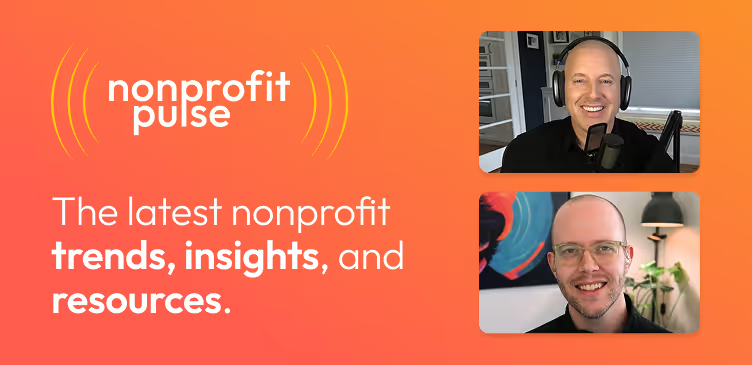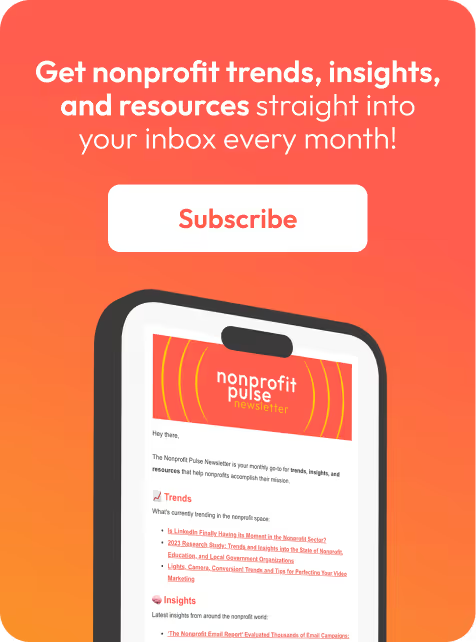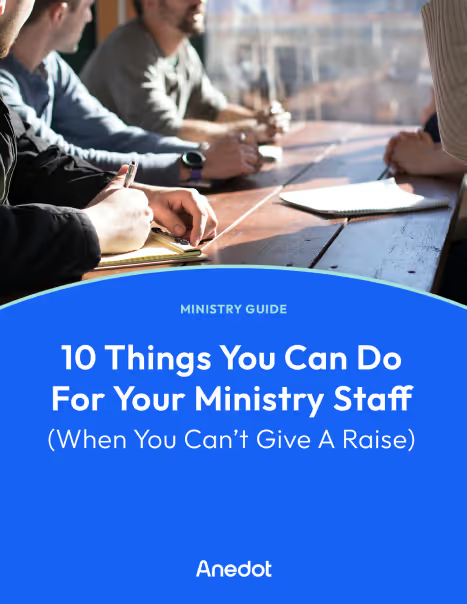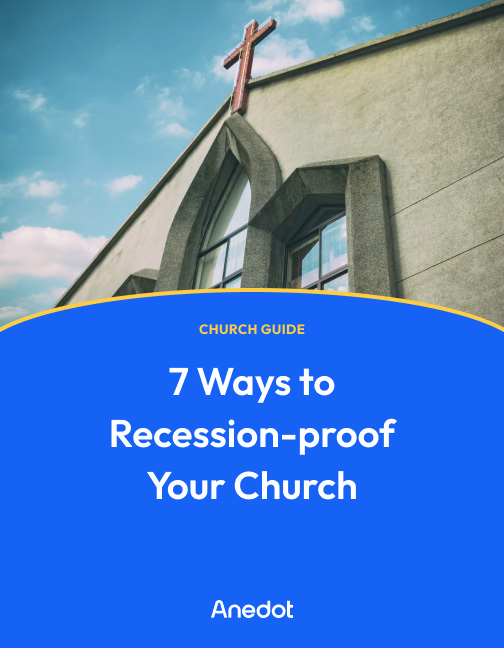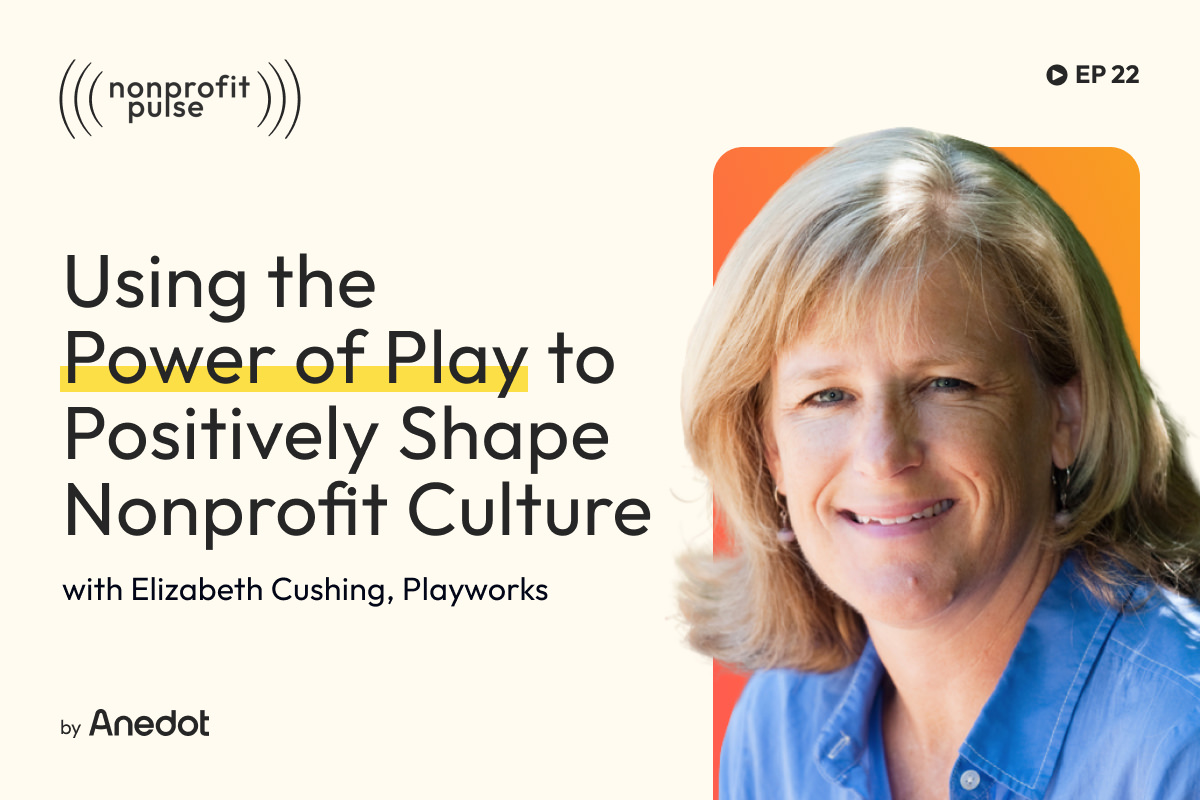What is the benefit of blogging for nonprofits?
Your blog is one of the most valuable tools for marketing and growing your nonprofit.
Read on to learn how and why to start a blog for your nonprofit today.
Why your nonprofit needs a blog

A blog contributes significantly to your online presence and digital reach.
Below, we list our top four reasons why your nonprofit needs a blog.
1. Demonstrate your expertise and build trust
Blogs allow you to showcase your expertise and commitment to your cause.
Volunteers and donors want to support nonprofits that have a plan and actively work toward their goals.
A consistent, professional blog communicates that your nonprofit is active and demonstrates your credibility.
Your blog cultivates confidence in who you are and what you do: two factors that compel donors and volunteers to support your cause.
You can build trust among your advocates and donors by consistently publishing a blog on your site.
2. Communicate updates
Your blog can give viewers an intimate look into your work and organization.
While email updates are typically reserved for advocates and supporters who have requested email newsletters, your blog can reach those who are committed to your work as well as those who have never heard of your nonprofit before coming to your blog.
Blogs let you communicate updates and changes to your nonprofit.
It’s a simple way to share with everyone –– not just those subscribed to your email newsletters.
3. Showcase success stories and donor impact
Unlike social media, your blog provides a medium for in-depth, lengthier content that draws your audience in.
It’s the ideal place to share success stories for those your nonprofit serves.
When storytelling is a crucial component of a nonprofit marketing and engagement strategy, blogs allow organizations to share their brand story and the narratives of success and triumph they’ve seen in their work.
Within your success story posts, you can draw attention to the significance of your donors.
Without their generosity, these stories wouldn’t be possible. Blogs can serve as multipurpose tools for your marketing team.
4. Engage new audiences with inbound marketing
Blogging is one of the most effective ways to raise awareness of your nonprofit and the causes you champion.
Blogs drive inbound marketing for nonprofits like yours. Captivating content draws individuals to your site; you don’t have to seek them out.
Your blog helps you get the attention required to engage with new potential volunteers, donors, and advocates.
But one blog post isn’t enough. Regular blogging exponentially improves the efficacy of your marketing efforts.
Research from one study shows the (almost) unbelievable effects of consistent blogging.
Sites with a blog see:
- 55% more visitors
- 97% more inbound links
- 434% more indexed pages with Google
In the nonprofit sector, blogging means more people coming to your site because Google shows your site to users searching for keywords associated with your blogs.
Blogs also allow you to connect with other organizations and companies through links within their content, exposing your nonprofit to an entirely new audience.
6 simple steps to starting a blog for your nonprofit

Now you know why you need a blog. But where do you begin?
Our six-step formula provides the best practices to create and execute a successful blog for your organization.
1. Understand your audience
As you consider crafting your blog posts, you must write in a way that engages your target audience.
Consider this: if you’re presenting to a group of scientists, you will use language, visuals, and storytelling that they understand and appreciate because you’re creating your presentation specifically for that group.
Bring that same mindset into nonprofit blog post creation.
You want to speak to your audience with the vocabulary and imagery they understand and relate to. Choose topics that intrigue your target reader, and include infographics or imagery that will capture their attention.
Understanding your audience allows you to shape your nonprofit blog into a resource they’ll want to read.
And the more engaging your blog, the greater the likelihood readers will engage with your nonprofit.
2. Find the best location for your nonprofit blog
If you have a site, you need a blog.
Most nonprofits choose to publish their blog on their existing site under a unique tab.
We like this idea –– as opposed to a separate blogging site –– for a couple of reasons:
Fewer sites to manage
Housing your blog on your nonprofit’s site means you have fewer sites to manage. Nonprofit teams are strapped for time and resources as it is.
Keep your site and your blog together to streamline your workflows.
More traffic to your main site
As we explored above, blogs significantly increase awareness and exposure to your nonprofit.
They bring curious readers to your site where they can then explore your mission, needs, and motivations.
Publish your blog on your site (and link to other important pages within your site), and you’ll earn more traffic than if you had published on an external site (or not at all!)
3. Choose your writing team
There is no right way to choose a writing team for your nonprofit blog.
Depending on your resources and team talents, your writing team might be you!
If your nonprofit doesn’t have funding to hire a writer or team of writers, you might find it best to delegate blog writing to existing team members.
However, if you have the resources to hire a dedicated marketing or writing team, great!
Whoever does your blog writing, ensure you’re working closely with your writers to ensure consistent branding and tone of voice.
When readers come to your blog, you want to deliver a familiar experience every time.
Consistency in tone, voice, and even blog length create expectations (and comfortability) that readers want.
4. Create a template or outline
A strong, clear template streamlines the blog-writing process for your writing team.
Your template helps jumpstart the writing task and saves time along the way. Even talented, experienced writers rely on outlines and formats to create articles and posts.
A structured map of what you want your blogs to look like provides direction and sets expectations for your writers.
5. Set a publishing calendar
The best, most effective blogs follow a publishing calendar.
Setting a blog calendar at the beginning of the year allows you to take control of the direction of your blog.
Scheduled posts ensure you’re not forgetting a blog until the last minute or publishing inconsistently.
Committing to a publishing calendar can also drive organization and action throughout the rest of your organization all year long.
Staying organized and scheduled with your blog is one step of many that contribute to an efficient, effective nonprofit marketing strategy.
6. Set goals - and reach them!
Once you’ve created and organized your blog, it’s time to set concrete goals.
Think about what you want your blog to accomplish. And remember, keep your goals realistic and measurable.
Below are a few examples of practical, attainable goals for your nonprofit blog:
- Increase site traffic by 10% in the first year
- Create post sharing long-term goals with the audience
- Publish two blog posts per month
Blogging for nonprofit success

Your blog is one of many moving pieces that contribute to the growth and health of your nonprofit.
When you know how (and why) to blog for your nonprofit effectively, you can implement practices that help you grow your organization and expand the reach of your work.
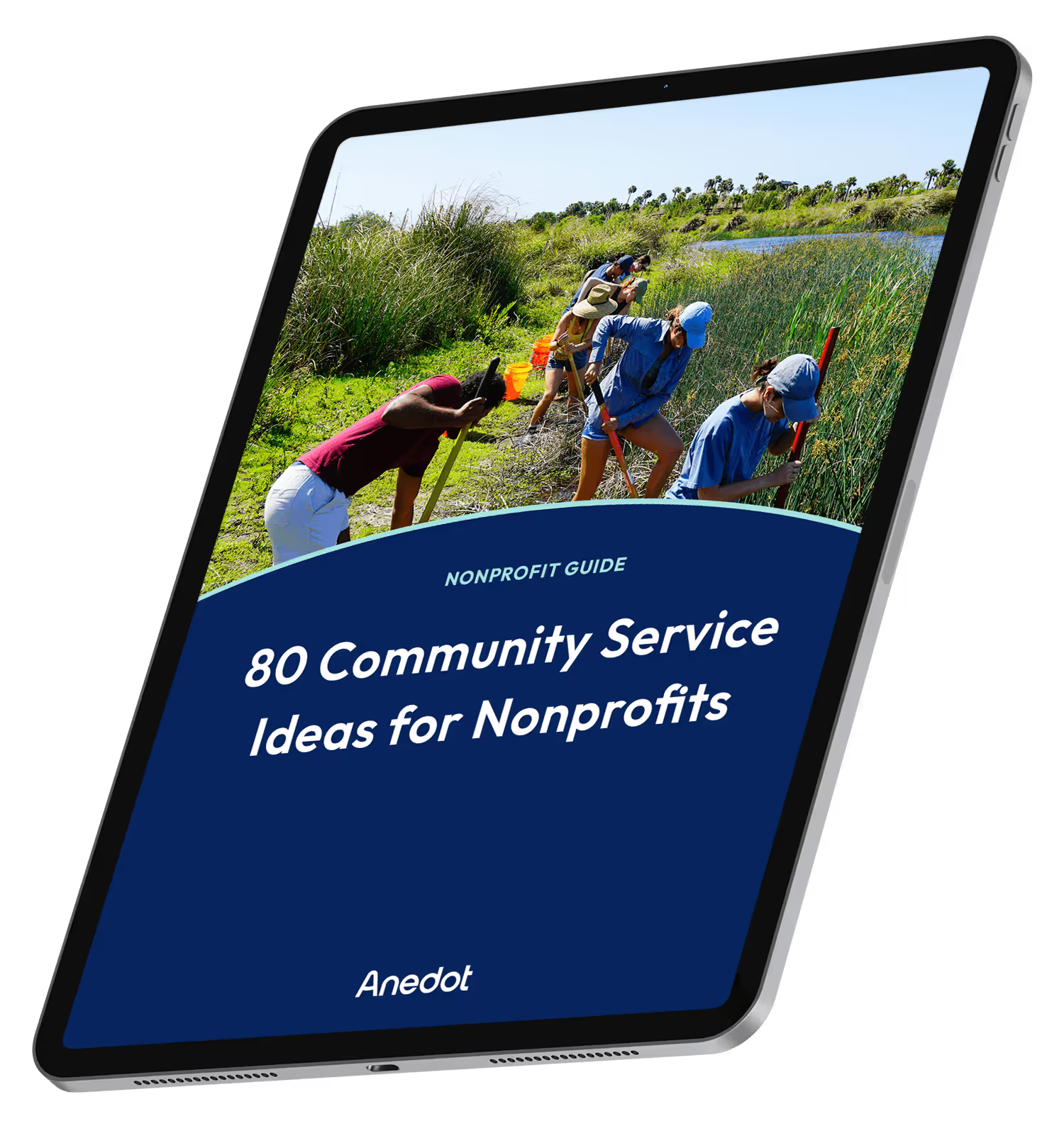
80 Community Service Ideas for Nonprofits

